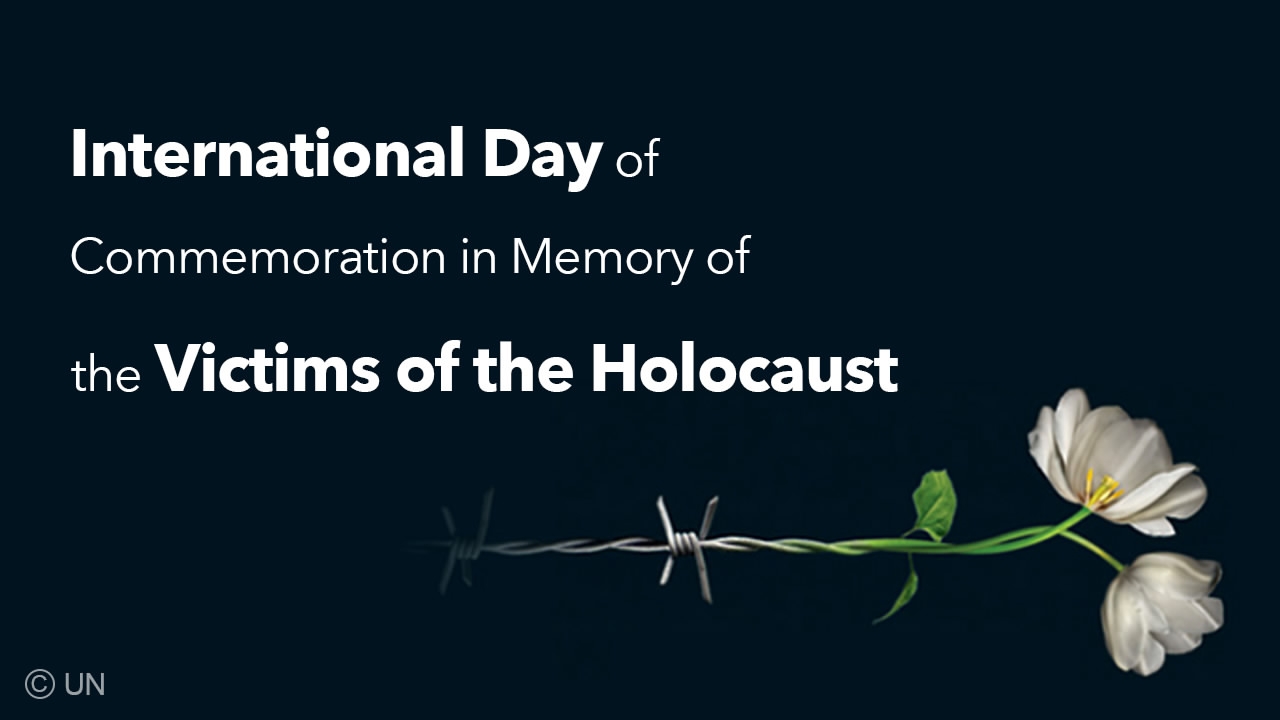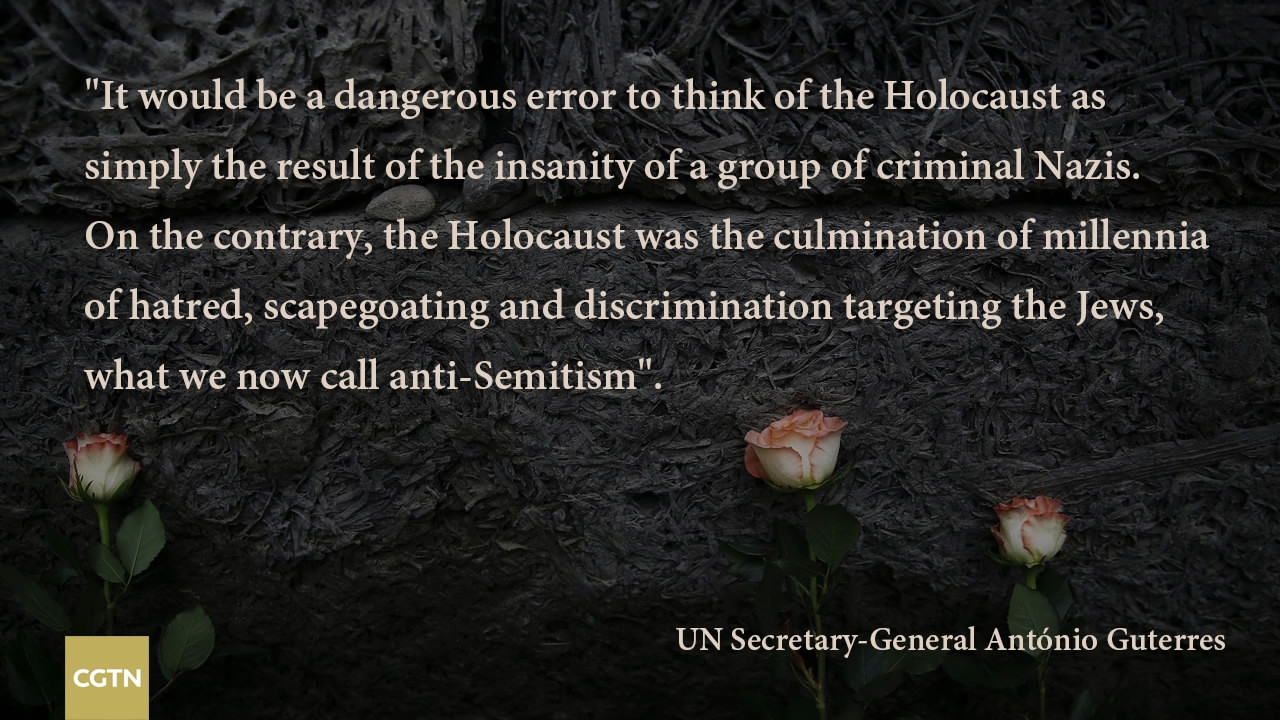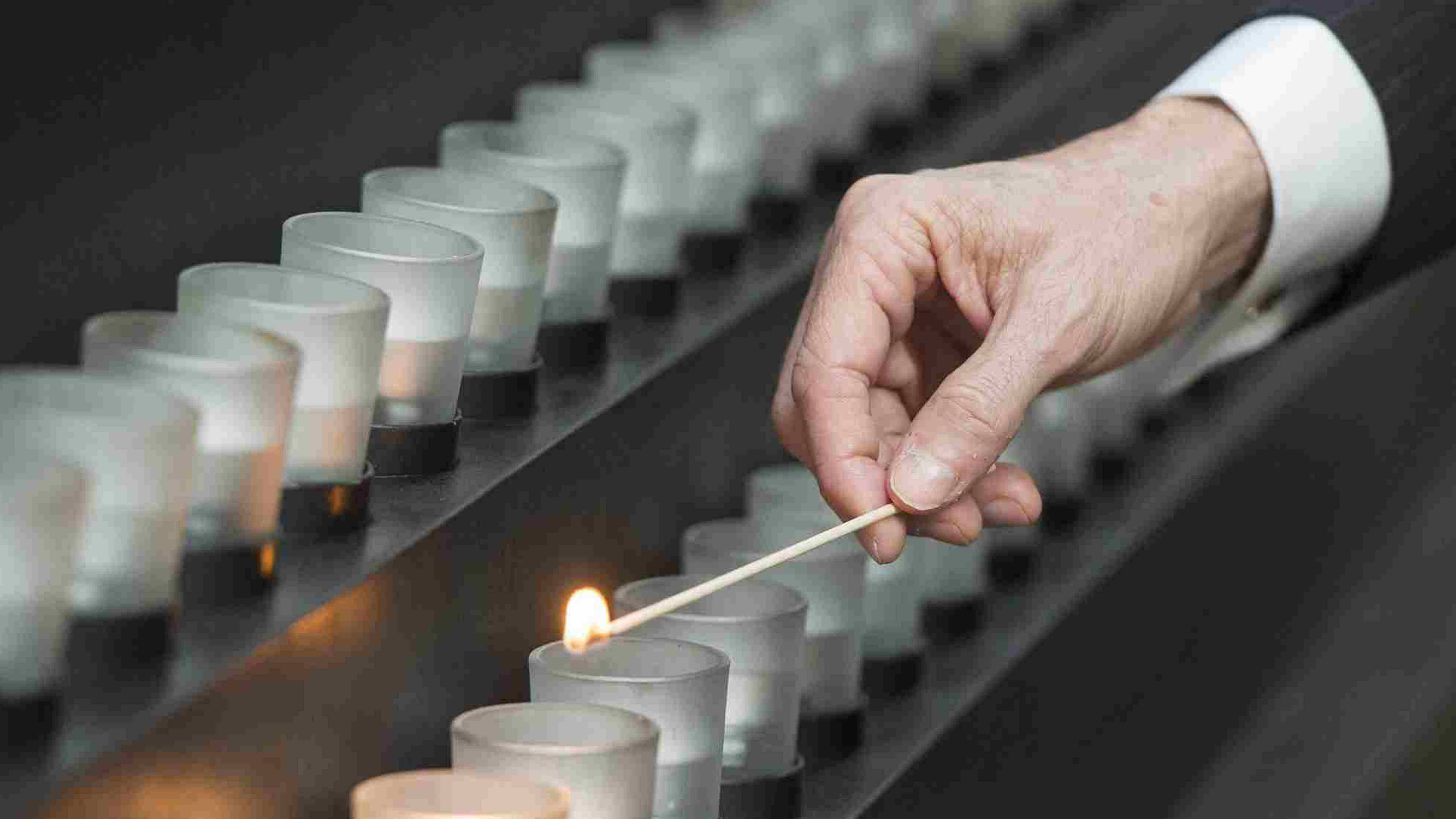On January 27, the world remembers the atrocities of World War II by observing International Holocaust Remembrance Day.
The genocide that resulted in the deaths of an estimated 6 million Jewish people, 200,000 Romani people, 250,000 mentally and physically disabled people and 9,000 homosexual men by the Nazi regime and its collaborators prompted the United Nations (UN) to call on the whole world to commemorate the day. The UN officially designated the day by passing resolution 60/7 on November 1, 2005 during the 42nd plenary session.
The theme of the Holocaust memorial ceremony this year is
"Holocaust Remembrance and Education: Our Shared Responsibility." The theme stresses that the historical lessons of the Holocaust can help to combat racism and anti-Semitism.
The origin of Holocaust Remembrance Day
On January 27, 1945, Soviet troops liberated the Auschwitz death camp in Poland.
On November 1, 2005, the 60th session of the United Nations General Assembly unanimously adopted a draft resolution submitted by 104 countries. It decided to set January 27 as the annual Holocaust Remembrance Day.
How we remember
UN: Holocaust and the United Nations Outreach Program
The United Nations General Assembly resolution 60/7 decided to develop a program on the theme of the Holocaust and the United Nations.
The Holocaust and the UN Outreach Program encourages civil society to commemorate the Holocaust so as to help prevent future genocide.
Since its establishment in January 2006, the program has established an international network. Through cooperation with educational institutions worldwide, it won the support of Holocaust and Genocide Studies experts.
A film series, innovative online information products and a Holocaust exhibition at the United Nations Headquarters are included as part of the outreach.

People attend a commemoration ceremony at a memorial plate for the victims of Nazism on January 26, 2018 in Weimar, central Germany, at the roll call area of the former Buchenwald Nazi concentration camp, one day before the International Holocaust Remembrance Day. /VCG Photo
People attend a commemoration ceremony at a memorial plate for the victims of Nazism on January 26, 2018 in Weimar, central Germany, at the roll call area of the former Buchenwald Nazi concentration camp, one day before the International Holocaust Remembrance Day. /VCG Photo
Israel: Yom HaShoah
In Israel, it is a national memorial day. The first official commemoration took place in 1951. The national flag is lowered to half mast, the president and the prime minister both deliver speeches, and Holocaust survivors light six torches on this day.

People visit Yad Vashem, Israel's official Holocaust museum, before the upcoming International Holocaust Remembrance Day in Jerusalem, on Jan. 25, 2018. /Xinhua Photo
People visit Yad Vashem, Israel's official Holocaust museum, before the upcoming International Holocaust Remembrance Day in Jerusalem, on Jan. 25, 2018. /Xinhua Photo
Israel's Holocaust museum has gradually expanded since its foundation. It includes a memorial hall, museum of history and art museum. The Holocaust Memorial Hall is completely free and is maintained by voluntary contributions, with nearly 1 million visitors a year.
This year, Israel held the annual event on Thursday in Yad Vashem, the Holocaust Memorial and Museum located in Jerusalem. The "Flashes of Memory - Photography during the Holocaust" exhibition presents visual documentation from during the Holocaust. The exhibition features nearly 1,500 images, including photographs, albums, diaries and newspaper pages.
US: The Days of Remembrance of the Victims of the Holocaust (DRVH)
The Days of Remembrance of the Victims of the Holocaust (DRVH) is an annual eight-day period designated by the United States Congress. Civic commemorations and special educational programs will be held during the period.
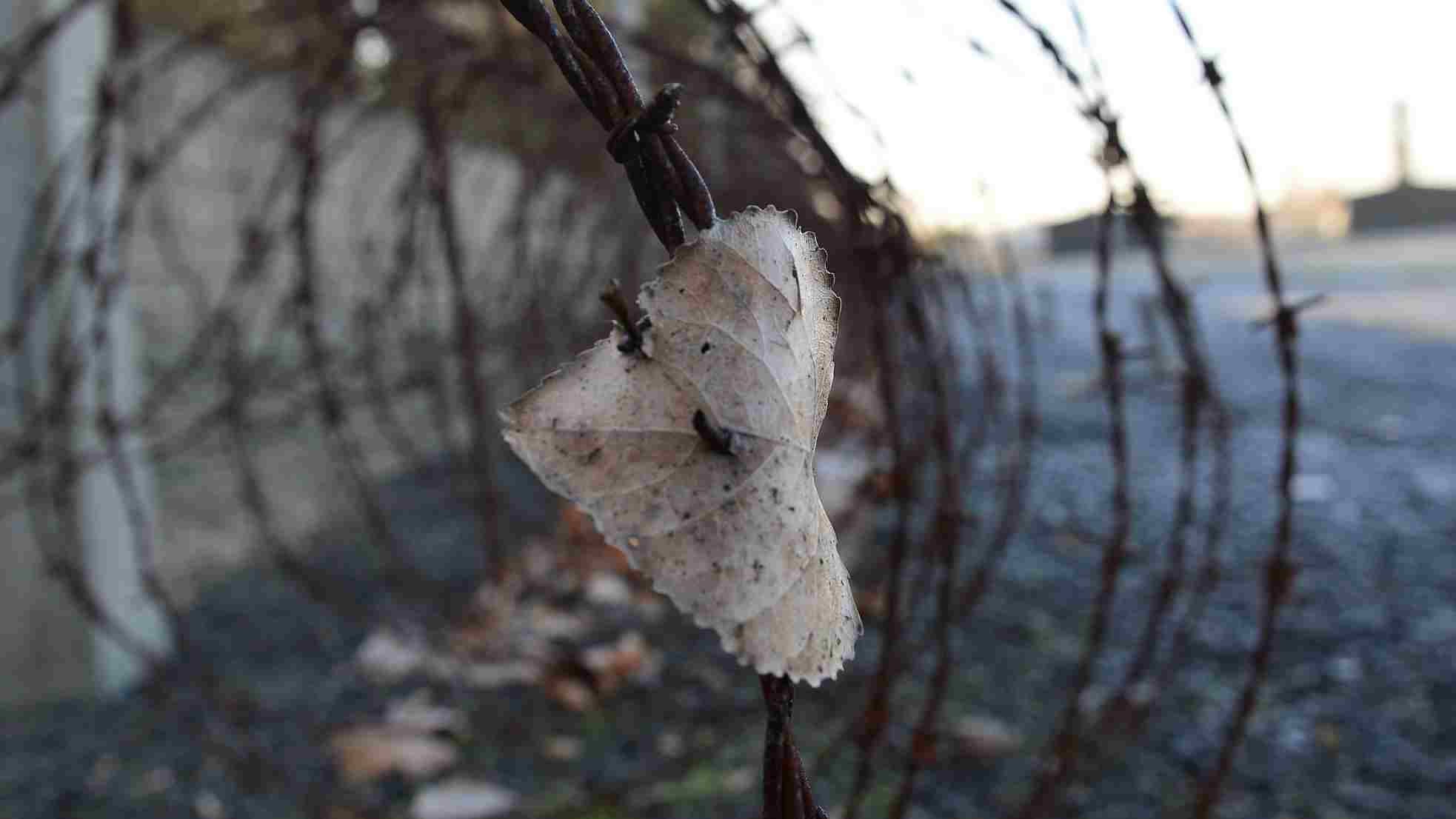
An autumn leaf hangs in the barbed wire on the grounds of the Sachsenhausen memorial of a former Nazi concentration camp in Oranienburg near Berlin, on January 27, 2017. /VCG Photo
An autumn leaf hangs in the barbed wire on the grounds of the Sachsenhausen memorial of a former Nazi concentration camp in Oranienburg near Berlin, on January 27, 2017. /VCG Photo
Governors, mayors, veterans groups, religious groups, schools and military ships and stations throughout the world support ceremonies and educational programs during the week of the DRVH.
The United States Holocaust Memorial Museum is one of the most famous places for people to commemorate the day. It contains more than 12,750 artifacts, 49 million pages of archives, 80,000 historical photos and 1,000 hours of archival films.
UK: Holocaust Memorial Day (HMD)
Since 2005, Holocaust Memorial Day has been supported by the Holocaust Memorial Day Trust, a charity set up and funded by the UK Government.

Friends Miryam Barkari-Singer (R), 10 and Faith Bowerman, 11, from York place one of 600 candles set out on the floor in the form of the Star of David during a special event to commemorate Holocaust Memorial Day at Chapter House in York Minster on January 24, 2018 in York, England. /VCG Photo
Friends Miryam Barkari-Singer (R), 10 and Faith Bowerman, 11, from York place one of 600 candles set out on the floor in the form of the Star of David during a special event to commemorate Holocaust Memorial Day at Chapter House in York Minster on January 24, 2018 in York, England. /VCG Photo
In York, England on Jan. 24, 600 candles were set out on the floor in the form of the Star of David during a special event to commemorate Holocaust Memorial Day at Chapter House in York Minster. Leading figures from the worlds of politics and culture, including Prime Minister Theresa May, paid their respects to the victims of genocide.
Anniversary of Nanjing Massacre
China also suffered a tragedy during World War II with the Nanjing Massacre. However, it draws less attention around the world.
In 1937, Japan launched a full-scale invasion of China. The then capital, Nanjing, in the eastern province of Jiangsu, fell to Japanese troops on December 13.
In the 40 days that followed, Japanese forces went on a rampage, looting the city, butchering its residents and raping its women. Over 300,000 people were massacred within six weeks, according to the International Military Tribunal for the Far East and the Nanjing War Crimes Tribunal.
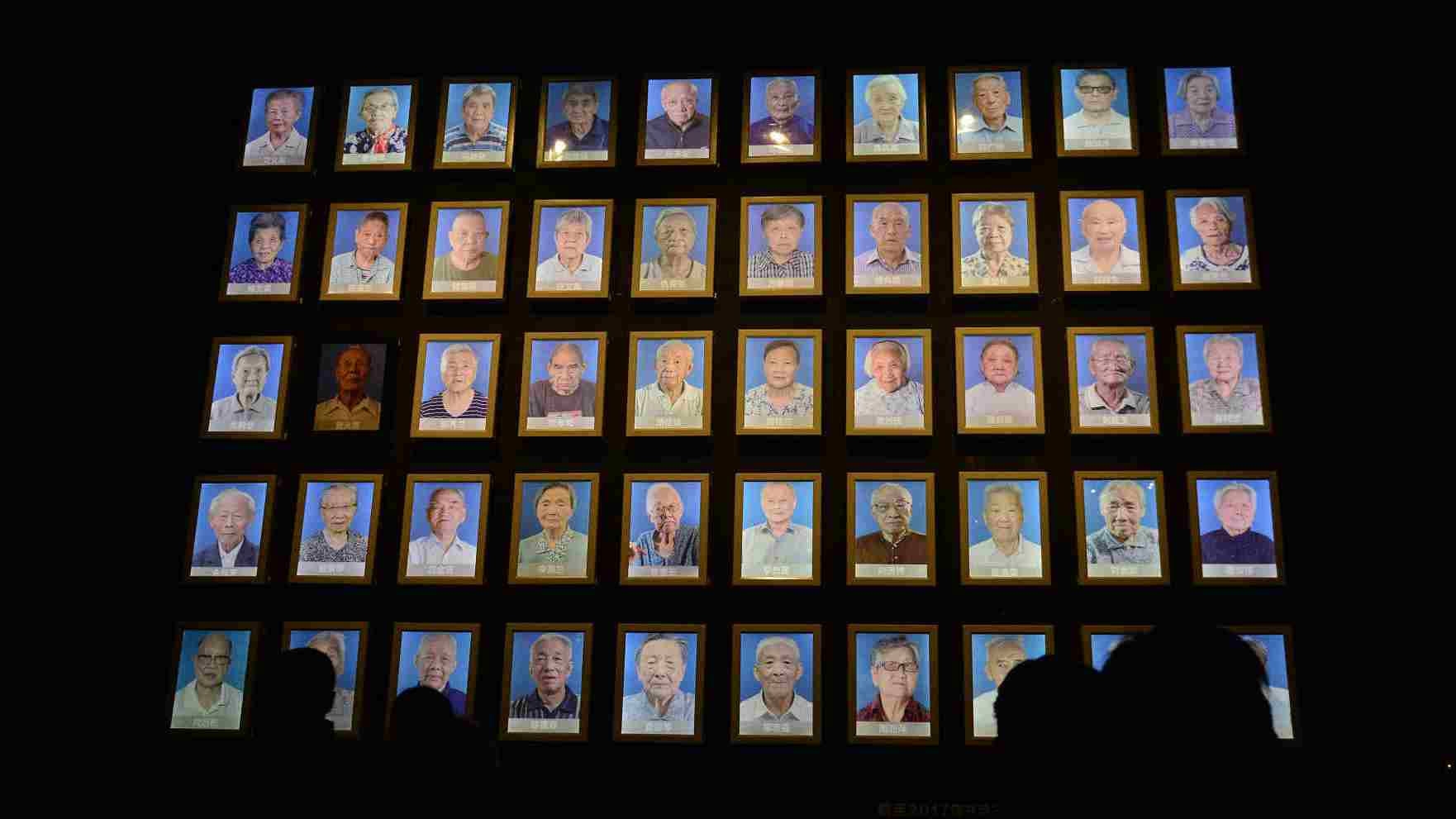
People remember their compatriots at the Nanjing Massacre memorial. /VCG Photo
People remember their compatriots at the Nanjing Massacre memorial. /VCG Photo
In February 2014, China's top legislature designated December 13 as a national memorial day for the victims of the Nanjing Massacre.
In October 2017, the legislature of Canada’s province of Ontario passed a motion recognizing Dec. 13 as “
Nanjing Massacre Commemorative Day,” which is the first legislation in North America or Europe to commemorate the Nanjing Massacre.
However, in sharp contrast to the peace-loving efforts, Japan’s right-wing activists are still denying the existence of the Nanjing Massacre.
(With inputs from UN website)

